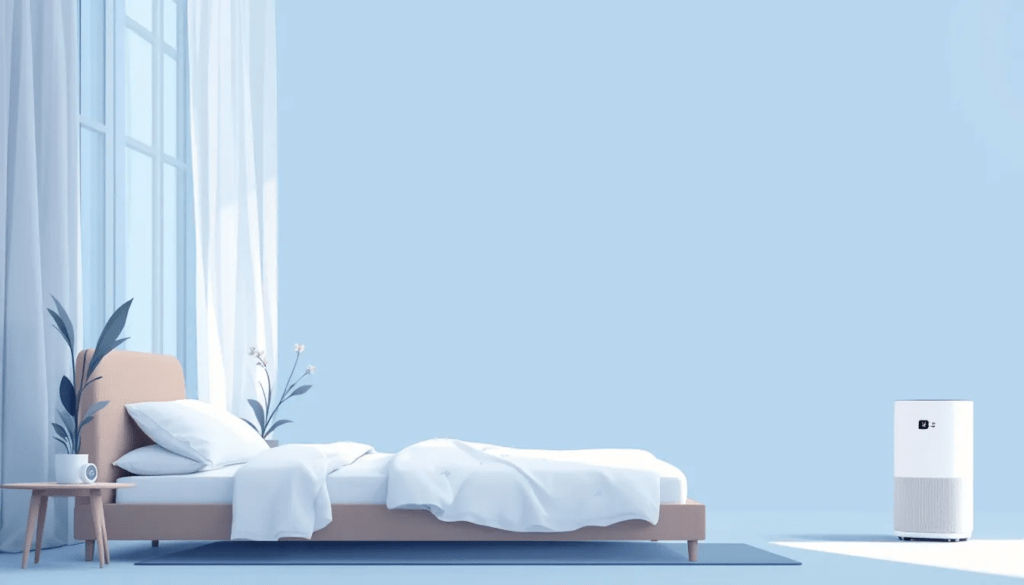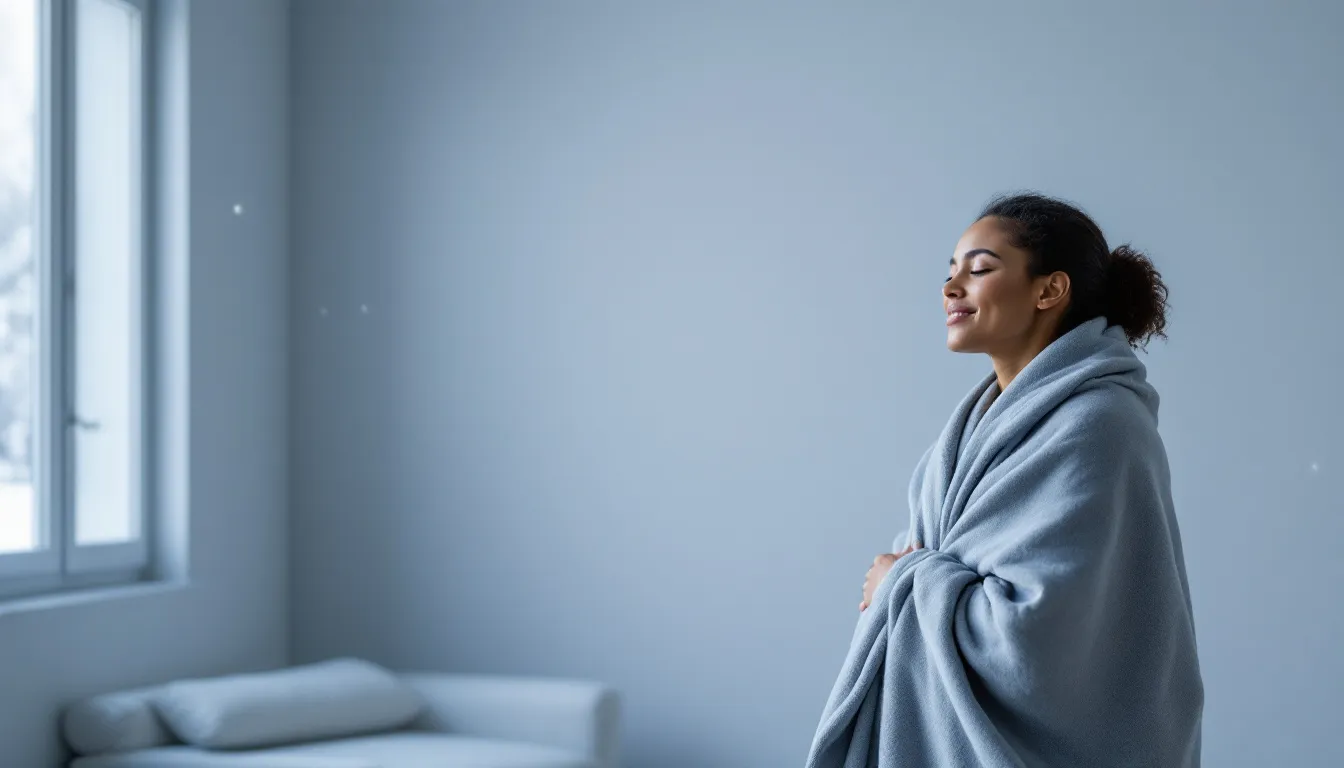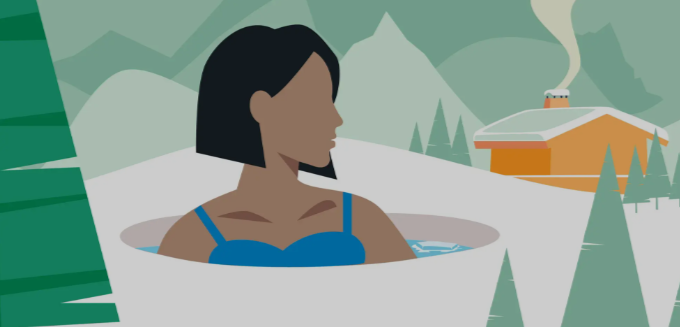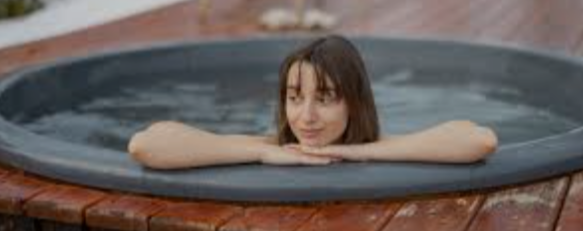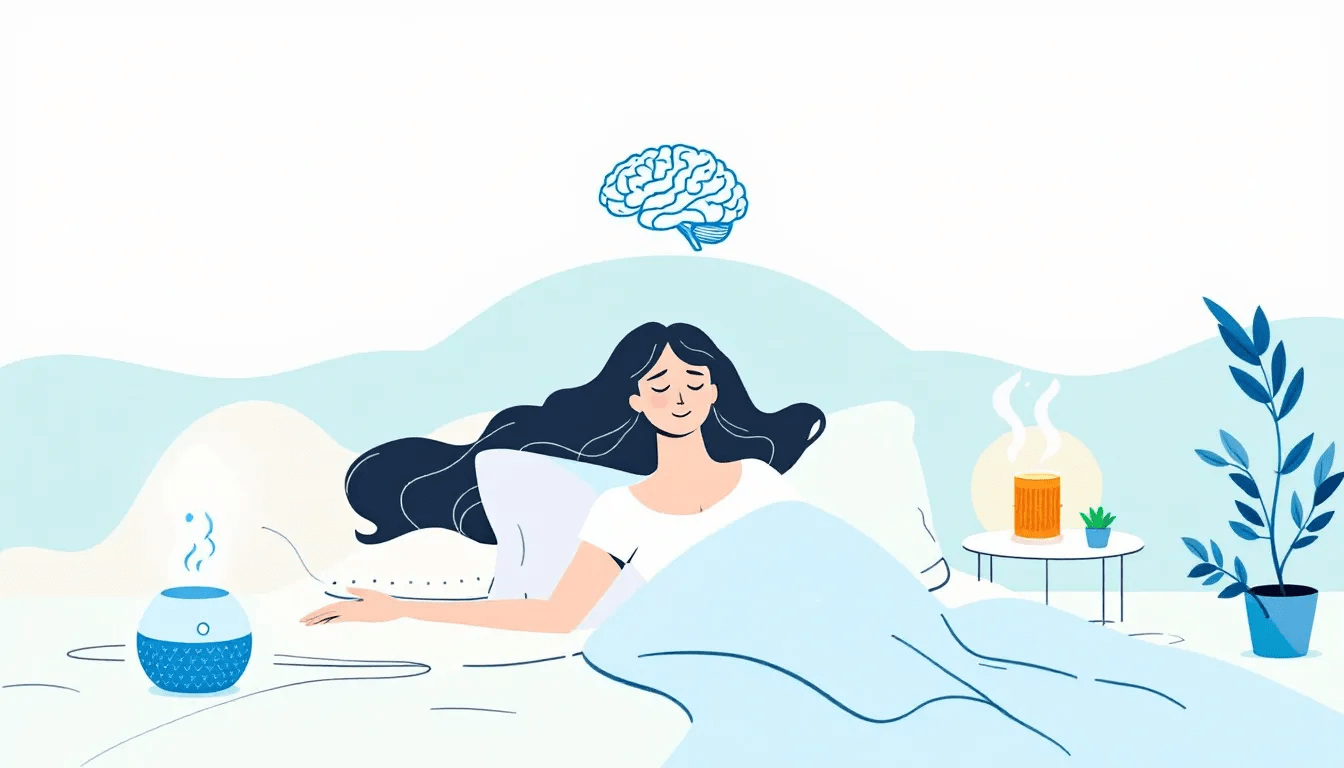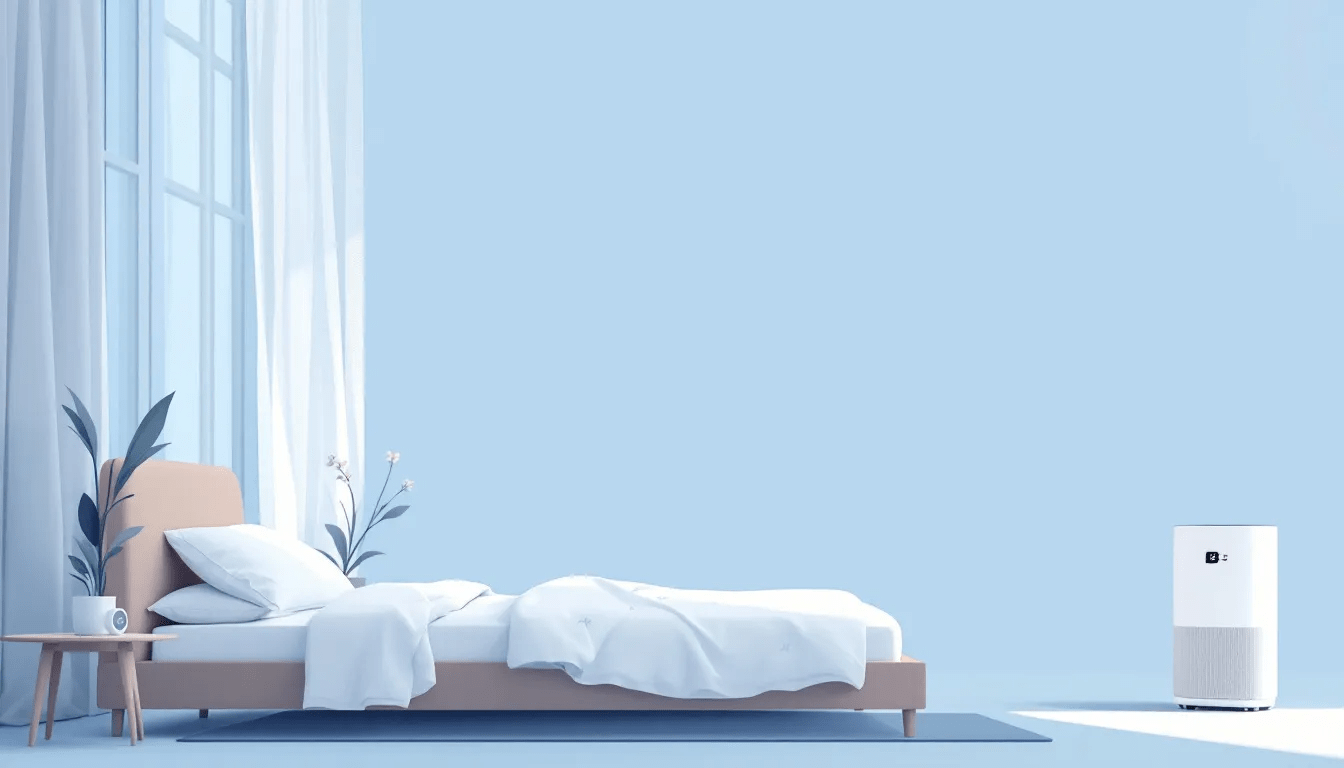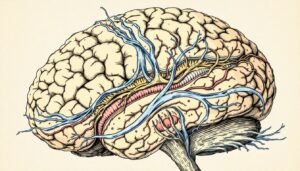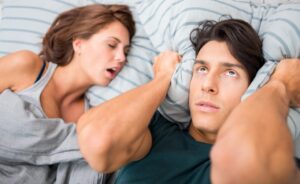Struggling to get a good night’s sleep? Cold exposure might be the secret you’ve been missing. This article explores how cold exposure improves sleep by harnessing natural body processes to enhance relaxation, regulate body temperature, and align your circadian rhythm. Learn about the benefits and get practical tips to easily integrate cold exposure into your nighttime routine for better, more restful sleep.
Key Takeaways
- Cold exposure lowers core body temperature, which facilitates deeper sleep stages and enhances melatonin production.
- Techniques such as cold showers, ice baths, and cold water immersion can be effective for improving sleep quality when practiced consistently.
- Timing of cold exposure is crucial; ideally, it should be done 1-2 hours before bedtime to optimize sleep benefits.
The Physiology Behind Cold Exposure and Sleep
Understanding how cold exposure affects sleep physiology can provide deeper insights. Cold therapy has been shown to improve sleep, enhance immune function, reduce inflammation, and improve mood. One significant advantage is its direct improvement of sleep quality by fostering a restful state. As body temperature decreases due to cold exposure, it tends to shift us toward sleepy states, facilitating sleep onset. Cold exposure affects both core and skin temperature, which contributes to improved sleep quality. Thermoregulation plays a crucial role in this process by maintaining an optimal body temperature for sleep. A cool sleeping environment helps promote lower core body temperature, supporting better rest.
The mechanisms behind these benefits are fascinating. Cold exposure lowers core body temperature, regulates the circadian rhythm, and activates the parasympathetic nervous system, all of which contribute to better sleep. Here is a closer look at these processes.
Lowering Core Body Temperature
A lower body temperature is crucial for quality sleep, as it allows the body to enter deeper sleep stages. Cold exposure reduces core body temperature, which in turn promotes the release of melatonin, a hormone essential for sleep onset. Melatonin production is crucial for regulating sleep cycles, ensuring that the body follows a consistent sleep-wake pattern. The optimal bedroom temperature for quality sleep is generally between 60-68°F, with many experts suggesting around 65°F as ideal.
Shivering is a natural bodily response that enhances metabolic increases from cold exposure, contributing to a drop in core body temperature. This decrease in temperature is essential for entering slow wave sleep, the most restorative sleep stage. Cold therapy can also increase cortisol and norepinephrine levels, enhancing alertness after waking.
Impact on Circadian Rhythm
Cold exposure helps regulate the circadian rhythm, which is vital for regulating the sleep-wake cycle and influencing sleep quality. Cold therapy can fine-tune sleep patterns by aiding the synchronization of the circadian rhythm. Aligning cold exposure with natural sleep cycles can enhance overall sleep quality.
Incorporating cold exposure into your routine can mitigate common sleep problems like insomnia and enhance sleep onset latency. This synchronization allows your body to better prepare for rest, leading to more consistent and restorative sleep patterns.
Activation of the Parasympathetic Nervous System
Cold exposure promotes the activation of the parasympathetic nervous system, which is responsible for promoting relaxation and preparing the body for sleep. This activation is crucial for improving sleep quality and readiness. Cold exposure can also teach individuals coping mechanisms that enhance resilience against real-world stressors.
Engaging the parasympathetic nervous system through cold exposure helps achieve a relaxation state conducive to restful sleep, while the sympathetic nervous system remains less active. This not only aids in falling asleep faster but also enhances sleep depth and quality, leading to better overall health and well-being.
Cold Exposure Techniques for Better Sleep
There are various cold exposure techniques that can significantly improve sleep quality, leading to deeper sleep and a feeling of increased refreshment upon waking. These techniques include cold showers, ice baths, and cold water immersion. Each method has its own unique benefits and can be tailored to fit individual preferences and lifestyles.
Exploring the specifics of these techniques can show how they can be integrated into your routine to enhance sleep quality.
Cold Showers
Cold shower is an accessible and effective way to improve sleep quality by decreasing sleep onset latency. They work by creating a refreshingly cool environment that helps manage inflammation through vasoconstriction and decreased blood flow, contributing to better sleep. Cold shower can also provide mental health benefits by reducing anxiety and promoting relaxation.
Incorporating cold showers into your evening routine creates an optimal sleep environment, facilitating quicker sleep onset and more restful patterns. This method is especially beneficial for those who may not have access to more intense cold exposure techniques like ice baths.
Ice Baths
Ice baths are a powerful cold exposure technique that can lead to long-lasting relaxation effects, providing benefits despite the initial discomfort. The soothing long-term effects of ice baths may enhance the ability to achieve slow wave sleep, the most restorative sleep stage. Additionally, ice baths can influence metabolic rate by increasing it, which in turn can improve sleep quality by helping the body regulate its internal temperature more effectively.
Gaining maximum benefits from ice baths requires considering comfort levels and gradually increasing exposure time. This method can be particularly effective for those looking for a more intense and immersive cold exposure experience.
Cold Water Immersion
Cold water immersion, which involves submerging the body in cold water, can improve sleep quality. Research has indicated that various sleep architecture parameters improve with cold water immersion, indicating its potential as a sleep aid. Studies reviewed in sleep med rev have examined the effects of post-exercise cold water immersion on sleep quality, finding that while total sleep time and sleep efficiency may be affected, the overall night sleep architecture remains unaffected.
This method can enhance sleep by altering sleep architecture, leading to deeper and more restorative sleep. Cold water immersion is a versatile technique that can be tailored to individual preferences and can be practiced in various settings, from wellness centers to natural bodies of water.
Safety Precautions for Cold Exposure
Cold exposure can be a powerful tool for improving physical and mental health, but it’s essential to take safety precautions to avoid any adverse effects. Understanding the risks and guidelines for safe practice can help you enjoy the benefits of cold exposure while minimizing the risks.
Understanding Risks
Cold exposure can cause a range of physiological responses, including a decrease in core body temperature, heart rate, and blood pressure. While these responses can be beneficial for improving sleep quality, reducing inflammation, and increasing energy, they can also pose risks if not managed properly. Some of the potential risks of cold exposure include:
- Hypothermia: Prolonged exposure to cold water or air can cause a significant drop in core body temperature, leading to hypothermia. This condition can be dangerous and requires immediate attention.
- Cardiac Problems: Cold exposure can cause a sudden increase in heart rate and blood pressure, which can be problematic for people with pre-existing cardiac conditions. It’s important to be cautious if you have any heart-related issues.
- Respiratory Problems: Cold air can cause bronchospasm and exacerbate respiratory conditions such as asthma. If you have respiratory issues, it’s crucial to take extra care during cold exposure.
Guidelines for Safe Practice
To minimize the risks associated with cold exposure, it’s essential to follow some guidelines for safe practice. Here are some tips:
- Start Slowly: Begin with short periods of cold exposure and gradually increase the duration as your body adapts. This helps your body acclimate to the cold and reduces the risk of shock.
- Monitor Your Temperature: Use a thermometer to monitor your core body temperature and avoid exposure if it drops below 95°F (35°C). Keeping track of your temperature ensures you stay within a safe range.
- Avoid Cold Shock: Gradually acclimate yourself to cold temperatures to avoid cold shock, which can cause a sudden drop in core body temperature. Start with milder cold exposure and slowly progress to colder temperatures.
- Stay Hydrated: Drink plenty of water before, during, and after cold exposure to stay hydrated and avoid dehydration. Hydration is key to maintaining your body’s balance and function.
- Listen to Your Body: If you experience any discomfort, pain, or distress during cold exposure, stop immediately and seek medical attention if necessary. Always prioritize your well-being and safety.
Timing and Duration of Cold Exposure
Timing and duration are crucial for maximizing cold exposure benefits for sleep. The recommended minimum is 11 minutes per week, spread over 2-4 sessions lasting 1-5 minutes each. Practicing cold exposure therapy two to four times a week can significantly enhance sleep quality.
Let’s explore the best times for cold exposure and how to optimize the duration of your sessions for the best sleep outcomes.
Best Time for Cold Exposure
The preferred time for cold exposure to avoid sleep disruption is early in the day. Cold therapy is best done 1-2 hours before bed for optimal sleep benefits. Thermogenesis, the process by which the body generates heat in response to cold exposure, can help regulate body temperature and improve sleep. Immediate cold exposure before sleep can negatively affect the body’s thermostat, which may not be ideal for sleep.
Cold exposure 1-2 hours before bed helps set the body’s temperature to an ideal level for sleep. Cold plunges at the end of the day can help wind down and rest, improving sleep quality.
Ideal Duration
Significant benefits come from consistent cold exposure over time. Session duration is critical in enhancing overall sleep quality.
Sessions should be spread out over 2 to 4 occasions, each lasting between 1 and 5 minutes. Regular cold exposure reinforces sleep benefits over time, leading to more restorative and consistent patterns.
Combining Cold and Heat Therapy
Combining cold and heat therapy can provide a balanced approach to enhancing sleep quality. Cold exposure can enhance cardiovascular health by training the heart, while heat therapy induces relaxation by engaging the parasympathetic nervous system.
Morning cold plunges and evening hot showers can work together to create an optimal sleep routine.
Morning Cold Plunge
Morning cold plunges can boost energy and elevate mood by increasing endorphin and norepinephrine production. The increased production of endorphins contributes to a heightened sense of well-being, while norepinephrine is linked to improved focus and alertness.
Boosting energy and mood in the morning, cold plunges can help prepare the body for a restful night’s sleep. This practice can set a positive tone for the day and enhance overall sleep quality.
Evening Hot Shower
A hot shower before bedtime can help lower skin temperature, promoting relaxation and aiding in the transition to sleep. Taking a hot shower in the evening can relax muscles and lower body temperature, which aids in falling asleep faster.
Incorporating a hot shower into your evening routine creates a calming environment that facilitates quicker sleep onset and more restful sleep. This complements morning cold plunges, enhancing overall sleep quality.
Physical Recovery and Cold Exposure
Cold exposure can be a highly effective tool for physical recovery after exercise or physical activity. By reducing inflammation, improving circulation, and promoting relaxation, cold exposure can help alleviate muscle soreness and improve recovery.
Benefits for Muscle Recovery
Cold exposure has been shown to have several benefits for muscle recovery, including:
- Reduced Muscle Soreness: Cold exposure can reduce muscle soreness and inflammation after exercise, making it an effective tool for recovery. The cold helps to constrict blood vessels, reducing swelling and pain.
- Improved Circulation: Cold exposure can improve circulation, which can help promote the removal of waste products and reduce muscle soreness. Enhanced blood flow aids in delivering nutrients to muscles, speeding up recovery.
- Enhanced Recovery: Cold exposure can promote relaxation and reduce muscle spasms, making it easier to recover from physical activity. The soothing effects of cold can help your muscles relax and recover more efficiently.
By incorporating cold exposure into your recovery routine, you can improve your overall physical performance, reduce muscle soreness, and enhance your overall well-being. Whether it’s a cold shower, ice bath, or cold water immersion, these techniques can be a valuable addition to your post-exercise regimen.
Additional Tips for Improving Sleep Quality
Beyond cold exposure, additional strategies to improve sleep quality include creating a calming bedtime routine, maintaining a cool sleep environment, and following a consistent sleep schedule.
Let’s delve into these tips to further enhance your sleep quality and overall health.
Maintaining a Cool Sleep Environment
A cool sleep environment is crucial for better sleep quality. Dark and quiet surroundings also contribute to better rest.
Breathable bedding materials can help regulate temperature during sleep, while room-darkening shades reduce light exposure that interferes with sleep. These small adjustments can make a significant difference in your sleep quality.
Consistent Sleep Schedule
A regular sleep schedule reinforces the body’s natural sleep-wake cycle. Waking up at the same time every day, including weekends, is crucial for better human sleep patterns.
Avoiding naps during the day can facilitate better nighttime sleep when sticking to a regular schedule. Going to bed and waking up at the same time every day stabilizes sleep patterns, leading to more restorative and consistent rest.
Summary
Cold exposure can significantly improve sleep quality by lowering core body temperature, regulating the circadian rhythm, and activating the parasympathetic nervous system. Various techniques such as cold showers, ice baths, and cold water immersion can be integrated into your routine for optimal benefits. Combining cold and heat therapy, along with maintaining a cool sleep environment and a consistent sleep schedule, can further enhance your sleep quality.
Incorporating these practices into your daily routine can lead to more restorative and consistent sleep, improved mood, and overall better health. So why not give cold exposure a try and experience the transformative benefits for yourself?
Frequently Asked Questions
Does sleeping in very cold temperatures improves the restful effects of sleep?
Sleeping in cooler temperatures can improve the restful effects of sleep by lowering your body’s core temperature, but excessively cold conditions may disrupt your comfort and hinder deep sleep. Therefore, a moderately cool environment is optimal for quality rest.
What are the best methods of cold exposure for sleep improvement?
Cold showers, ice baths, and cold water immersion are effective methods for enhancing sleep quality. Incorporating these practices can lead to better rest and recovery.
Can combining cold and heat therapy enhance sleep quality?
Combining cold and heat therapy can indeed enhance sleep quality by promoting relaxation in the evening while boosting energy levels in the morning. This balanced approach may lead to improved overall sleep patterns.

